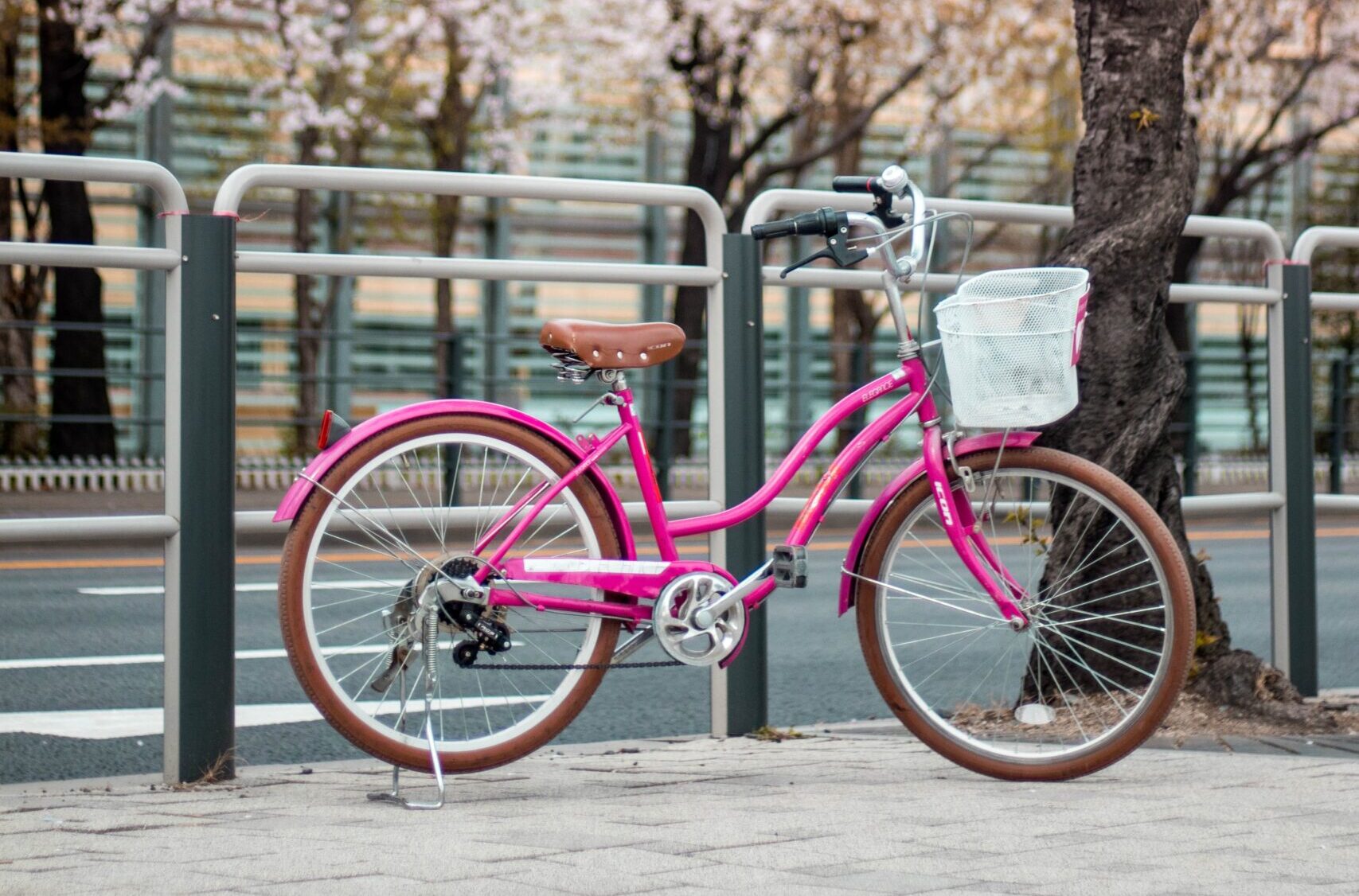Every rider should maintain their bicycle whether you commute by bike to work frequently, participate in races, or simply ride the trails occasionally, you should keep up with routine maintenance to avoid dangerous situations and expensive surprises in the future.
In this article, we are going to list the fundamentals of bike maintenance which include a pre-ride inspection, tightening bolts, and cleaning and lubricating important parts. Don’t forget to have a bike mechanic perform routine maintenance. Every REI location has a full-service bike shop staffed with technicians who are fully licensed and have undergone extensive training.
If you ride frequently, take your bike in for twice-yearly tune-ups to make sure that intricate, challenging-to-assess parts like spokes, bearing surfaces, derailleurs, and cables are regularly inspected and maintained. Always have a professional service and adjust these bicycle components.
1. Maintain bike cleanliness

You should clean your bicycle to increase its lifespan, just as you would your car to keep it running smoothly and looking great. Cleaning your bike will help stop dirt and grease buildup from destroying the mechanical components. All you need to clean the bike frame, chain, chain rings, pedals, brakes, seat, and other components is a bucket, water, biodegradable soap, a sizable sponge, a towel, and an old toothbrush or other small brush.
2. Keep your drivetrain lubricated
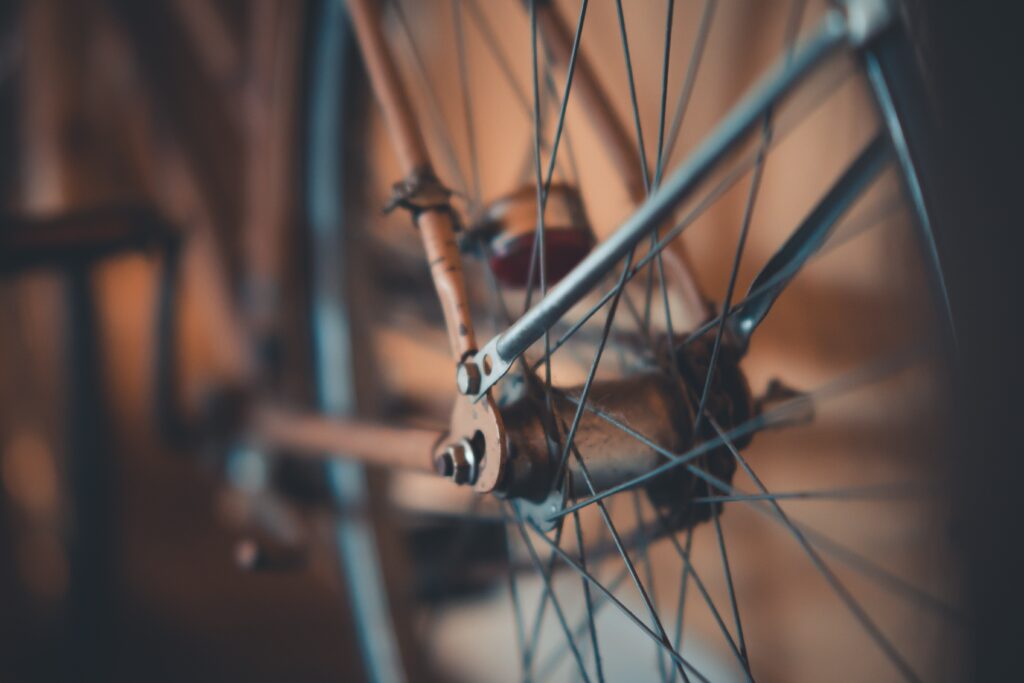
After a ride, always clean and lube your chain, this will give the lube time to absorb into the chain. although before a ride, some people like to lubricate, but this can draw in dirt and dust. Use a very small amount of lube and wipe off any extra. An excessive amount of lube can hinder shifting and draw in more dirt. Need advice on lubricants? visit the bike shop near you. And to get rid of thick grease if you have a lot of extra grease buildup, invest in a chain cleaner.
3. Check your tires

Nothing is worse than having to stop mid-ride to change a flat tire. Always check your tires for defects. Using a floor pump, determine their pressure. After making sure that your tires are properly inflated, inspect them for any other wear or damage that could result in a flat during a ride.
4. Check if screws are securely fastened
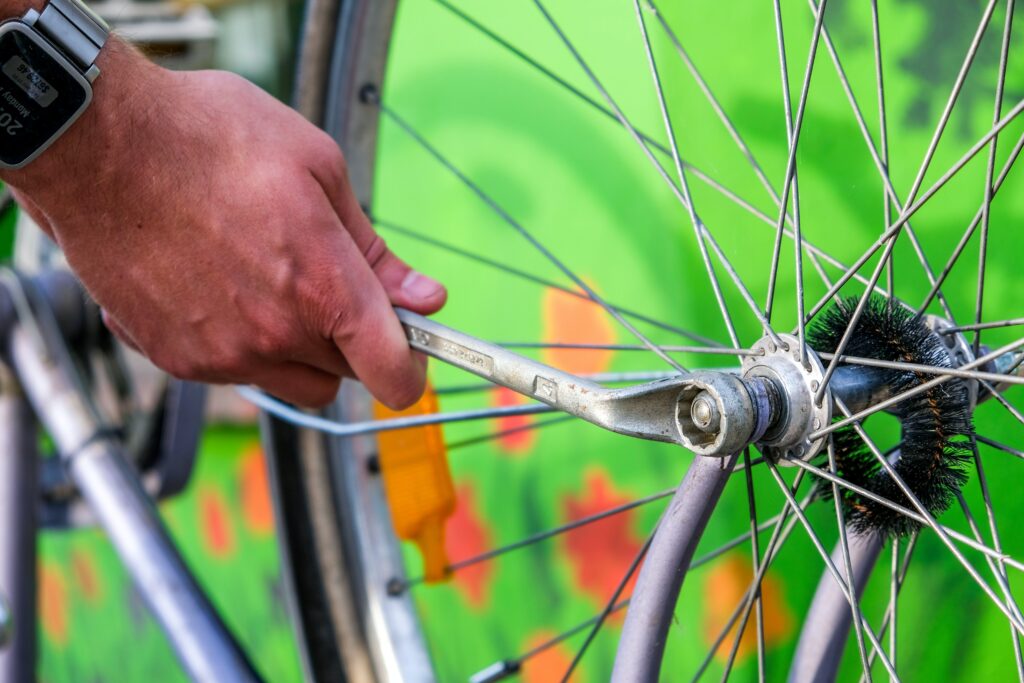
Avoid letting your bicycle break while you’re riding! Before leaving, quickly check for any loose screws, nuts, or bolts to keep everything secure. Carry some extra nuts and bolts with you to make sure you can quickly fix things if you do discover that you’ve lost any while riding.
5. Examine your brakes

As you are probably already aware, having reliable brakes is crucial. Brake pads deteriorate with time. So make sure to check your brake pads in between servicing your bicycle. All you have to do is brake hard while taking a short drive at home. Your brake pads probably need to be replaced if you can feel the softness of your brakes.
6. Learn how to change a flat tire
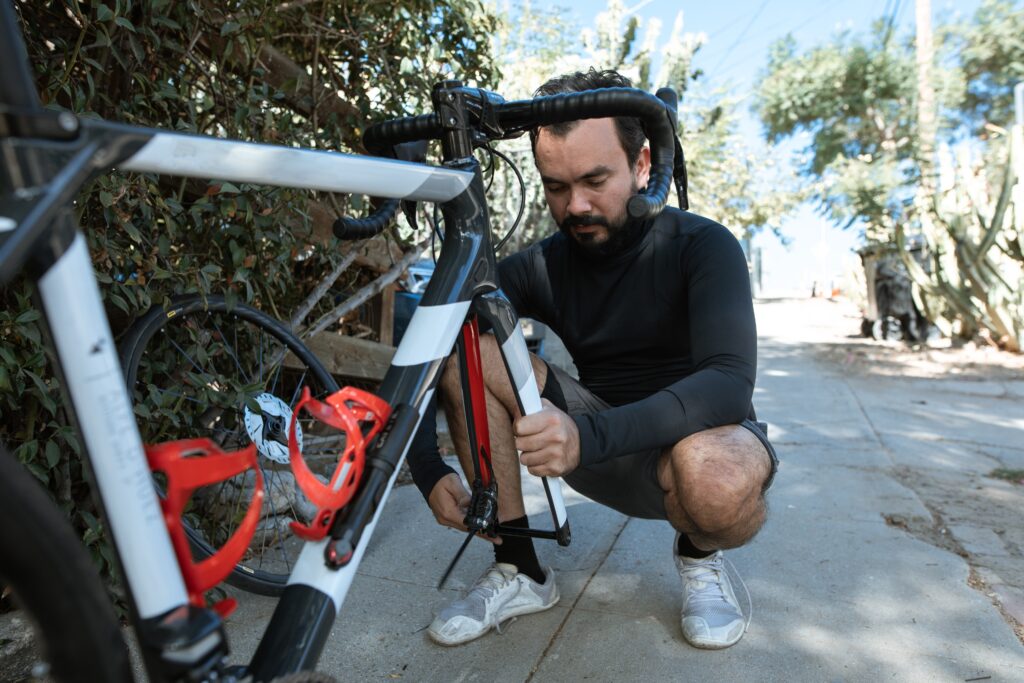
What will you do if you have a flat tire while riding alone? Learn to patch tubes to avoid being stranded in the middle of nowhere. There are some useful videos on the subject on YouTube. Additionally, some vlogging provide mechanics classes every season to teach you the fundamentals of maintaining and repairing your ride, including how to change tubes.
7. Service the bicycle
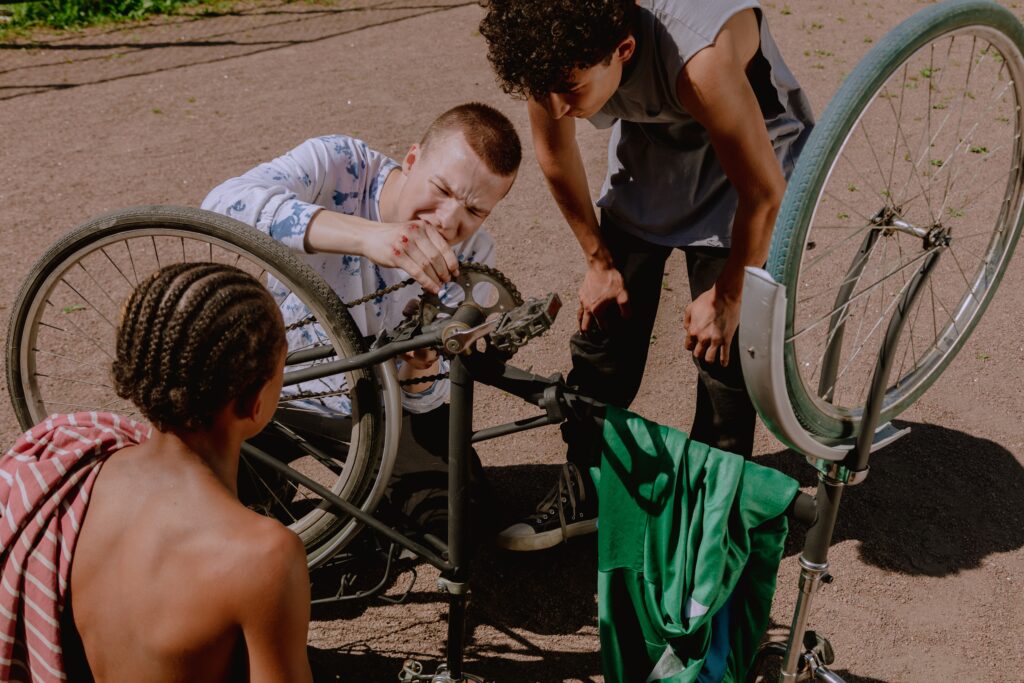
It’s crucial to preserve your bicycle by taking it to a service shop each season. Some skilled mechanics have the knowledge to keep you riding and having fun in your bike for the rest of your life. They will address your concerns and determine what your bike needs to use, whether you just need some basic maintenance and minor adjustments, or you need a complete teardown and inspection.
8. Make your saddle ideal

If you frequently experience SBS, play around with your saddle by raising it or slightly tilting it to suit your riding style. If you experience knee pain while cycling, your saddle may be too low. On the downward revolution of the pedal, your legs should be almost straight. however it is important to make use of a royal saddle.
9. Get a pair of latex gloves
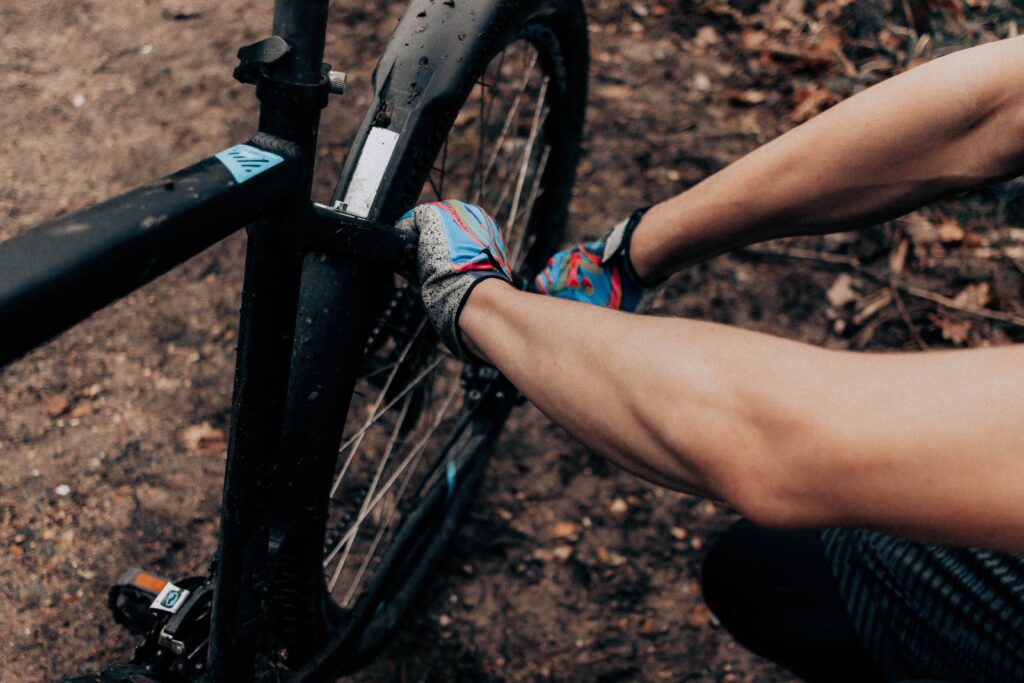
It’s not impossible to get bike oil under your nails thus wear your glove when maintenance is ongoing. If it’s too late for that, wash your hands with dish soap and sugar, adding water only when it’s almost done.
10. Get a specialized service

If you have the fortitude to ride your bike through the winter, once a year should be acceptable, ideally at the beginning of spring. Bringing in experts is nothing to be ashamed of. Consider it your bicycle’s MOT.
Conclusion
Every bike comes with a manual that explains how to use and maintain each part of your two-wheeler and contains information on every component. You must read this manual if you are a bike owner. Your bike’s maintenance schedule and every component are explained in detail in the manual. It offers maintenance advice on oil type, servicing techniques, etc. You should carefully read the manual and adhere to the guidelines.

